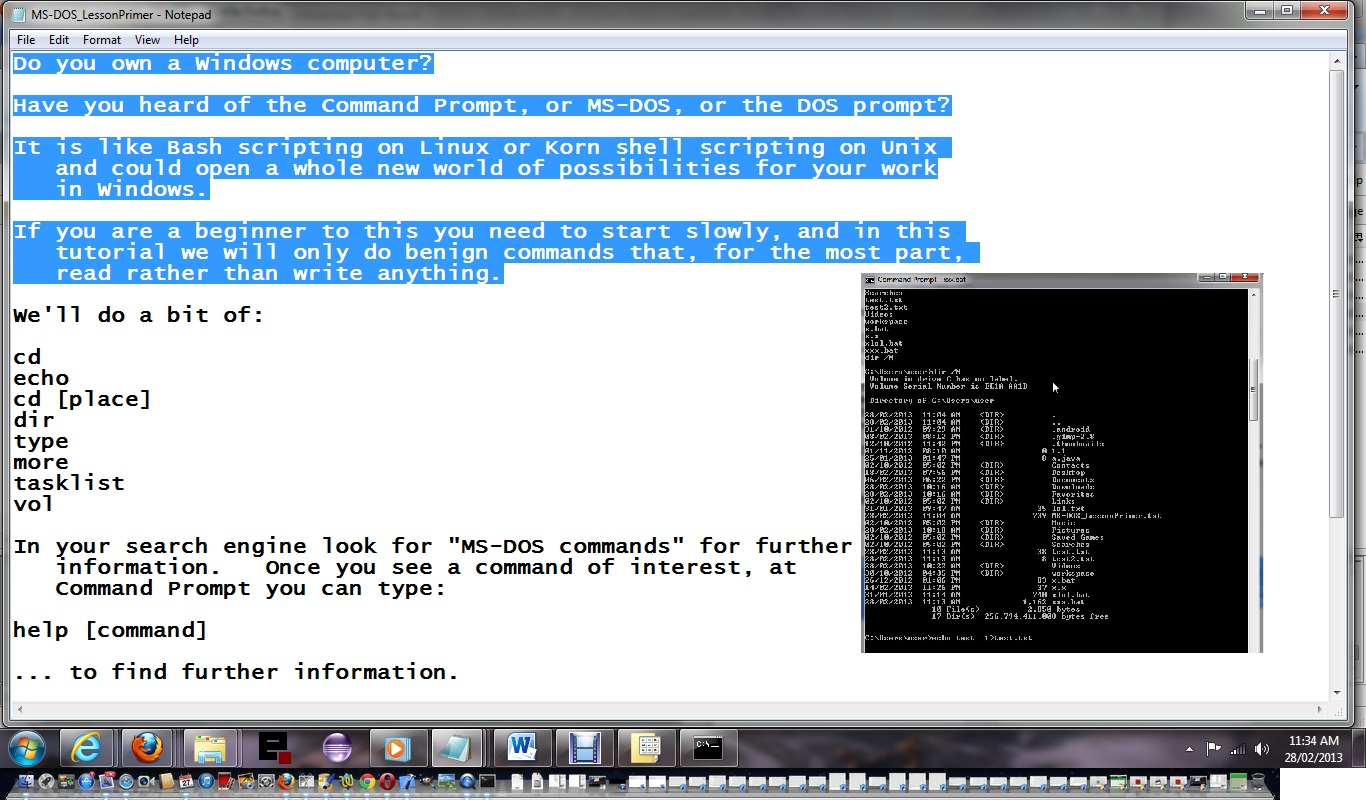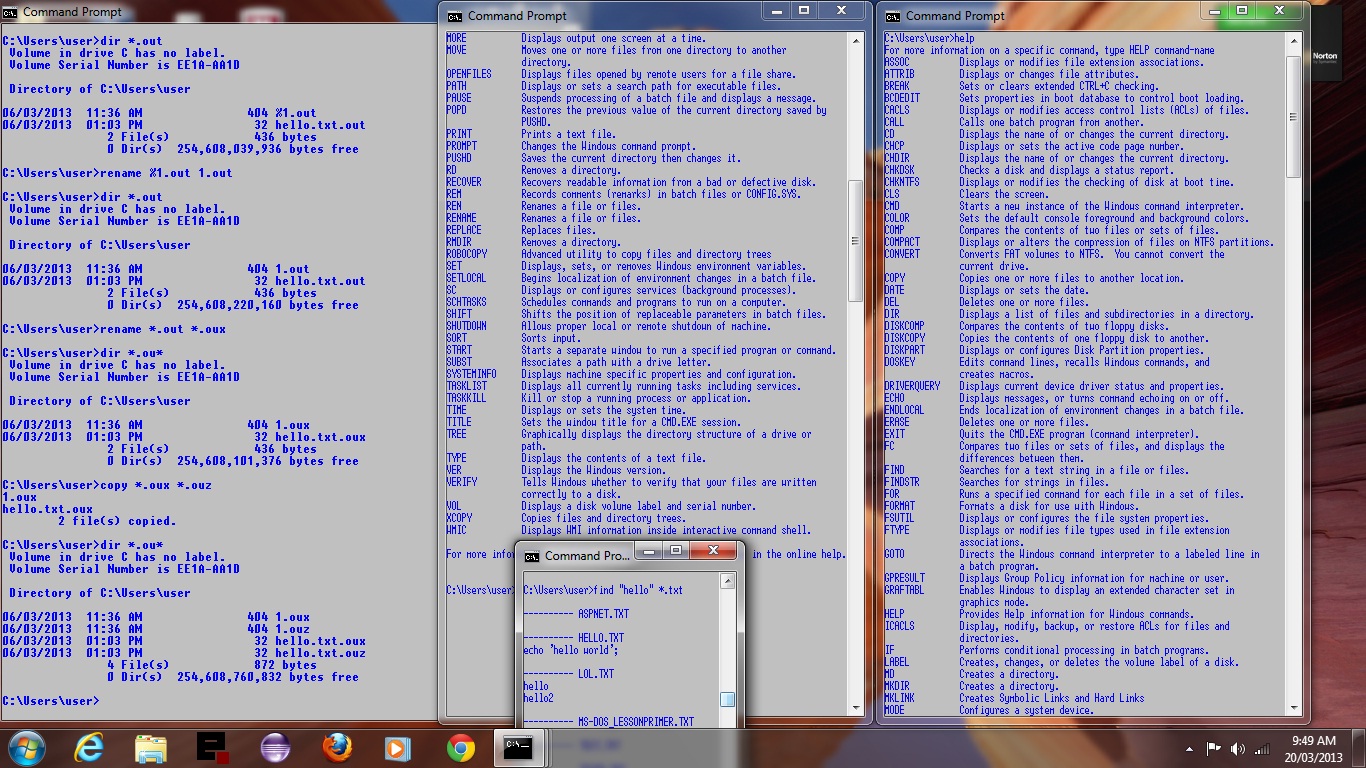Have you heard of AutoHotKey?
It is a Windows application (that is quite brilliant) which can record and replay mouse and keystrokes, or assign a group of actions to a HotKey. Anybody into procedures and the operations side of I.T. will want to know about it, am sure.
We have introduced you to AutoHotKey with this previous AutoHotKey Primer Tutorial here.
On a previous tutorial Windows Command Prompt Via Batch File we introduced you to some Windows Command Prompt commands and you can see that tutorial here. Our tutorial here builds on this in that the Windows Command Prompt batch file used for making that tutorial and downloadable here with rename to xxx

Please enjoy our tutorial with some recording functionality shown as well as the little “subplot” above (where the butler actually “did it”) here. The subplot is represented by the last 6 slides of the tutorial.
Previous tutorial Windows Command Prompt Via Batch File below …
Tutorial …
Transcript:
Do you own a Windows computer?
Have you heard of Command Prompt, or MS-DOS, or the DOS prompt?
It is like Bash Scripting on Linux or Korn Shell scripting on Unix
and could open a whole new world of possibilities for your work
in Windows.
If you are a beginner you need to start slowly, and in this
tutorial we will only do benign commands that, for the most part,
read rather than write anything.
We’ll do a bit of:
cd
echo
cd [place]
dir
type
more
tasklist
vol
In your search engine look for “MS-DOS commands” for further
information. Once you see a command of interest, at
Command Prompt you can type:
help [command]
… to find further information.
So here goes … we will open the Command Prompt application … then run a preprepared
Batch script … but just concentrate on its commands, rather than doing scripting
… that is for later … at the end of the presentation the Batch script is typed
out for you.
Let’s explore some more command prompt commands below on 20/3/2013 …
Great Command Prompt Information Link
If this was interesting you may be interested in this too.
Previous tutorial AutoHotKey Primer Tutorial below …
Have you heard of AutoHotKey?
It is a Windows application (that is quite brilliant) which can record and replay mouse and keystrokes, or assign a group of actions to a HotKey. Anybody into procedures and the operations side of I.T. will want to know about it, am sure.
Don’t want to show my age, but first got keen about AutoHotKey because I couldn’t believe the day (was it when Windows 5 came out?) that Microsoft abandoned the cute program called Recorder, that came with Windows. For myself, this was a moment of deep mourning, like when Collingwood lost to Carlton in the 1970 Grand Final.
In this primer tutorial see a brief install then a record-compile-replay cycle.
In this link you can look at some of the personal usage of AutoHotKey.
If this was interesting you may be interested in this too.
If this was interesting you may be interested in this too.





 Menu
Menu












